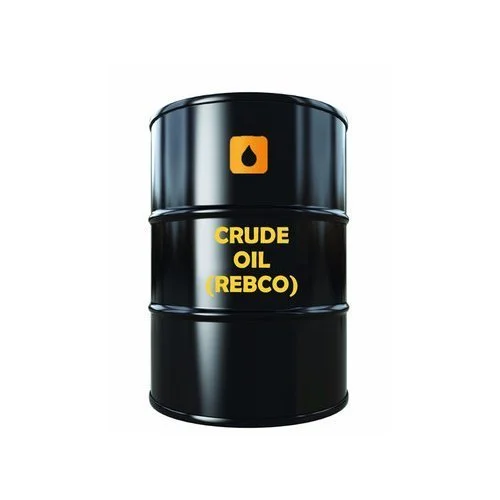Terminal & Storage
Energy businesses make use of intricate webs of pipelines, storage tanks, onshore ports, and blending facilities. These bulk logistics facilities receive crude oil from ships, store it, and then distribute it at the appropriate moment to the refinery. Similar to this, they hold refined product in storage and blend it to the precise specifications needed in some markets before delivering it to the final consumer.

Worldwide Location
We are aware that every market is unique and that the demands of our consumers are just as varied as the globe in which we live. With three offices around the world, our employees represent more than 60 different nationalities, which we believe results in a greater understanding of our clients and empowers us to make better and more informed decisions. The contact page lists the locations of our offices.

Oil Prodcution & Demand
The balance between supply and demand in energy and comodity products can be affected by many factors. In the longer term, demand trends are driven by population, economic conditions, technological advances

Global Oil Movement
Due to the disparity between demand and supply in many places, it is necessary to transport crude oil and oil products between regions, which opens up global trade opportunities.
Gas terminals often receive deliveries from gas fields by specialized tankers or pipes before testing, processing, and distributing the gas regionally via pipelines. In places where there is no mains gas network, they alternatively store gasses made from crude oil, such as butane, which are subsequently bottled and used for cooking or warmth. Milford Oil Storage makes investments in several businesses that offer terminal and storage facilities all over the world. We have a total storage capacity of about 16 million cubic meters spread between terminals in the United States
